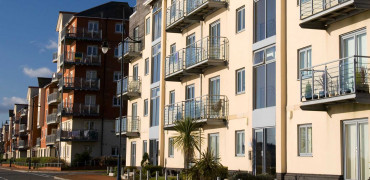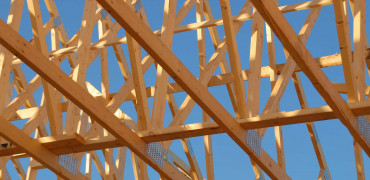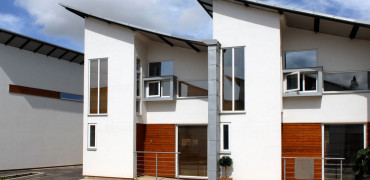No doubt this Government, and the Ministry of Housing, Communities & Local Government (MHCLG), has a particularly difficult-to-digest stew of challenges, and for once that over-used term is appropriate.
These stretch from Covid to climate change, and from Brexit skills shortages to drastic materials shortages, and even a future possible Sexit (which seems too jolly a name for the potentially soon to begin but no-doubt endless Scots saga of will-they-won’t-they leave the UK).
However, in tackling (or perhaps so as not to tackle) this alarming meal, the Secretary of State Robert Jenrick is still singing the praises of creating ‘beauty’ in the designs our new homes.
It might be a more beautiful prospect for many if developers could find sites to build on which don’t face an army of angry NIMBYs in their path, but admittedly, creating harmoniously good-looking, robust homes is part of winning this argument.
The code drives developers harder to consult early on with communities
Living with beauty
This move seeks to keep alive the momentum from the late Roger Scruton’s controversial Commission on creating beautiful buildings in the UK, and is manifested in MHCLG’s recent launch of its National Model Design Code, following 2020’s ‘Living With Beauty’ report.
The code has however been dismissed by industry figures such as Redrow’s CEO, Matthew Pratt, despite it having been guided by a Design Quality Steering Group, which sought industry views via the typically long consultation process.
Obviously, Covid got in the way, and could potentially be pulled as a useful excuse for Government to pull out to counter the loud cries of opposition to what seems to be a fudged move.
According to Pratt, the new code not only remains “largely unchanged” from the version the industry was asked to comment on – responding in their thousands – there is reportedly zero acknowledgement of how the context has shifted dramatically thanks to the pandemic.
Bournville no longer possible
Pratt makes some other really interesting points regarding what the new code doesn’t do, including fostering the kind of context where a much-lauded scheme (including by the Government) like Bournville, would now be possible.
He says that its “attractive green streets with cars parked conveniently close to homes behind a hedge” would not be possible under the code, which instead only allows for between 2 and 5 metres of frontage for homes, based on the advice to plant trees along the street, also no doubt the drive to reduce car use.
As a result those streets should be 14-18 metres wide, rather than Bournville’s 25 metres.
Pratt’s words may be somewhat out of touch with the most ardent sustainability campaigners, who would recognise that large compromises to our traditional expectations of density and development layout will be needed in order to make even a small contribution to the carbon goals we all want.
However, he may well be in line with large swathes of the UK population, who expect the ratios of homes and streets they have become accustomed to.
The need for sustainability
Redrow did some research last year which unsurprisingly found that three-quarters of homeowners wanted a two-storey detached home, and only 3% said they wanted a terrace (4% a townhouse).
However, you have to question whether that could be a factor of people hardly ever having been in a three-storey townhouse, never mind living in one.
We are conditioned to believe that the ideal house is a detached, two-storey unit; it’s as simple as that.
That doesn’t mean that we shouldn’t try and persuade people to live in something more sustainable.
Thin on new ideas
Despite a code that seems to be thin on the new ideas but having retained many controversial ones, it could be that location, not beauty, will continue to be the driving factor for developments’ success with residents, post-pandemic.
Beauty may well be in the eye of the beholder, and he or she is probably more interested in the beauty of convenient links to amenities, a decent sized spare bedroom for an office, and somewhere reliable to charge an electric car, rather than whether the house has a nice porch.
I propose the notion that existing homeowners might be very, very interested in the design details of new homes coming into their area.
New buyers are perhaps more likely to care whether they have been built with energy-efficiency, space and quality of finish in mind.
One thing the code does do is drive developers harder to consult early on with communities on what they want, not once the plans have been drawn up.
This might reveal some interesting priorities.
James Parker is editor of Architects Data File




